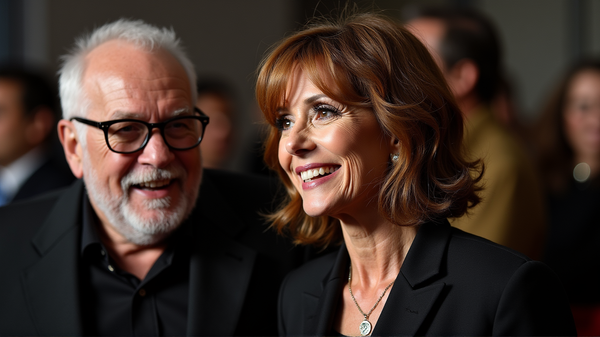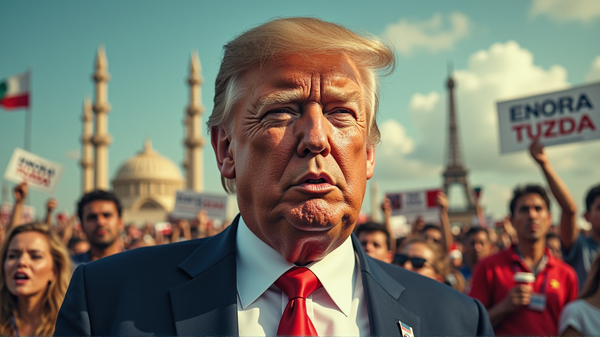EU Develops Mechanism for Allocating Russia's Frozen Assets to Ukraine

The European Union has prepared a set of proposals that will enable Ukraine to begin receiving income from frozen Russian assets as early as July, according to Bloomberg. These proposals are based on taxing the profits from these frozen reserves, aiming to allocate approximately 3 billion euros annually to finance military aid and the development of Ukraine's defense industry.
The need for financial support has grown critical as Ukraine faces a shortage of artillery, with around 60 billion dollars of aid from the USA being held up by Congress. The Biden administration has been urging G-7 allies to unlock the frozen assets and is keen to see progress before the upcoming leaders' summit in June. However, some European countries, including Germany and France, as well as the European Central Bank, have been reluctant to take such steps.
The EU's proposals, which are yet to determine the exact portion of the proceeds to be allocated, suggest that the income received from the frozen assets from February 15th will be transferred to the EU twice a year until the sanctions are lifted. Initially, these funds will be directed to the European Peace Facility and a special "Ukraine" fund within the EU budget. A part of the profit will remain in central depositories to cover asset management expenses and any associated risks.
These proposals are to be discussed by EU leaders during a meeting in Brussels at the end of this week. Polish Foreign Minister Radoslaw Sikorski mentioned to journalists after a meeting with his EU counterparts in Brussels that a "political decision, though not a legal one," was made to utilize these incomes.
Josep Borrell, the EU's High Representative for Foreign Affairs, noted a strong consensus among the member states regarding this decision, even if unanimity was not achieved. However, some member states are reportedly hesitant to support the use of frozen funds for military aid to Ukraine, potentially delaying progress on this initiative.
This development follows the European Union's Foreign Ministers reaching a political agreement on the plan to utilize Russian assets to support Ukraine. On February 12th, the Council of the European Union took a step closer to establishing a mechanism for employing the surplus profits from frozen Russian assets in the EU to benefit Ukraine.




